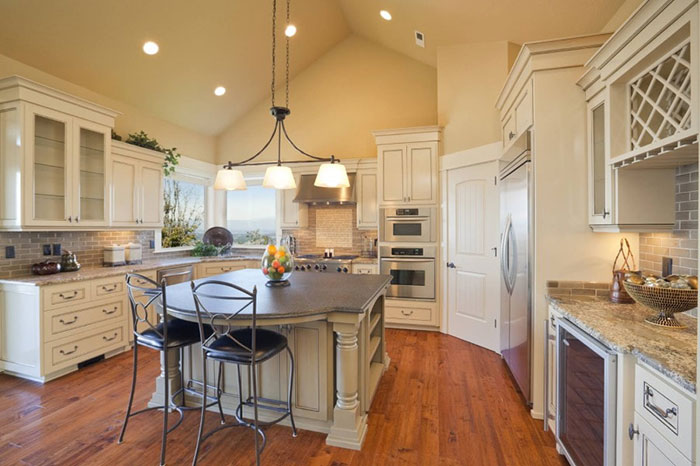Everything You Need To Know Before Choosing The Proper Retaining Walls For Your Property

In case you’re planning to design as well as build a retaining wall around your property, then you must know that there are a lot of factors that should be considered. It doesn’t matter whether you’re planning to use it for commercial or residential use – a proper understanding of these factors will help you to create a compelling retaining wall that you can use for years to come.
Therefore, in this comprehensive guide, we’ll be taking a deeper look into some of the major elements that you need to sort out before you can start the construction of your retaining wall in Perth.
Major Elements To Look Out For When Building A Retaining Wall
-
The Location
When you decide to choose the location for your retaining wall, ensure that you have an overall detailed understanding of your entire property. Based on the size of the retaining wall that you’re trying to build, you have to look at your property lines, drainage systems along with any additional property constituents such as fencing, parking lots, swimming pools or driveways.
The location that you’ll be choosing for your retaining wall should be ideal in such a manner that you don’t have to face any issues (legal or otherwise) later on. For example, to ensure that you don’t face drainage problems later on, you have to choose a location where your retaining wall can have a properly set up drainage system.
-
The Soil
The soil on which the retaining wall will be build will create the entire foundation for the same. It will act as the base, offering the required strength & support to your wall. Therefore, it’s essential to know the overall bearing capacity (total load it can support) of the soil that you’ll be using, along with the friction angle (offering resistance to movement) & other stress parameters.
Usually, the soil of a retaining wall should be solid and firm. The soil should not be damp or moist, otherwise, the whole wall will simply fall like a domino. Clay or wet soils are not at all recommended to be used for building retaining walls. Moments like these are when we’d suggest consulting with a professional retaining wall builder or contractor so that you can get the ideal advice.
-
The Design
Before you finalise the design of your retaining wall, you must decide on the following aspects:
- The height of the wall
- The size of the wall footprint
- The slope angle
- The setback angle (depends on the elevation of your property)
Apart from the aforementioned aspects, you should also take into account the earth’s gravity, which will naturally push the retaining wall downslope. Such a process should be counter-acted in such a manner that there’s minimal movement of the wall due to gravity.





